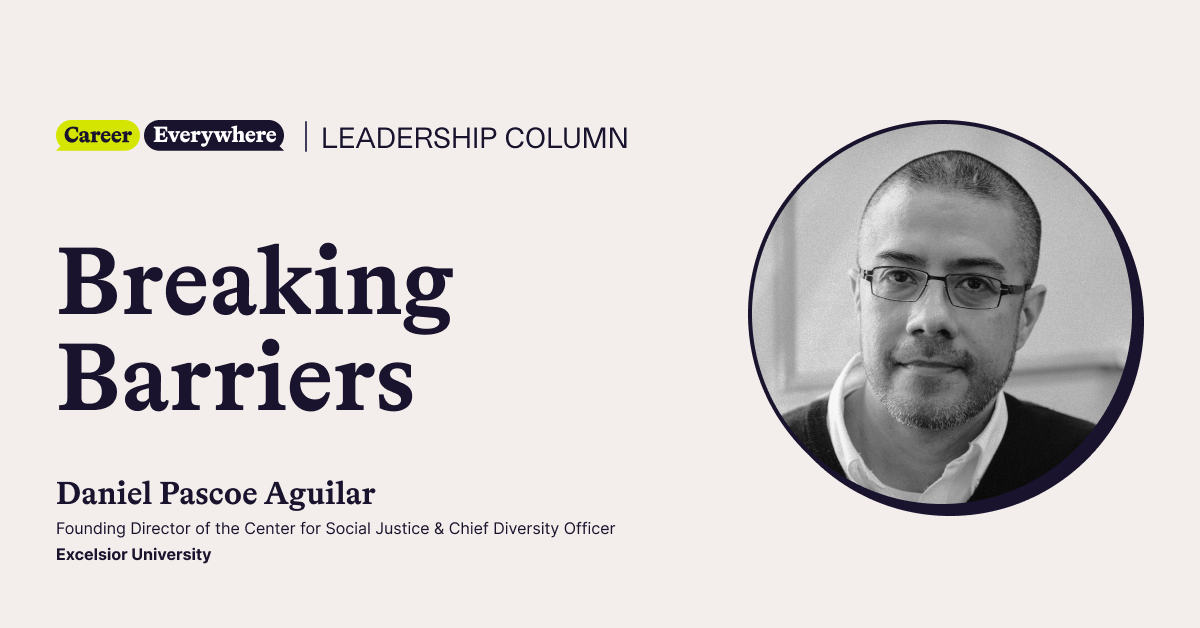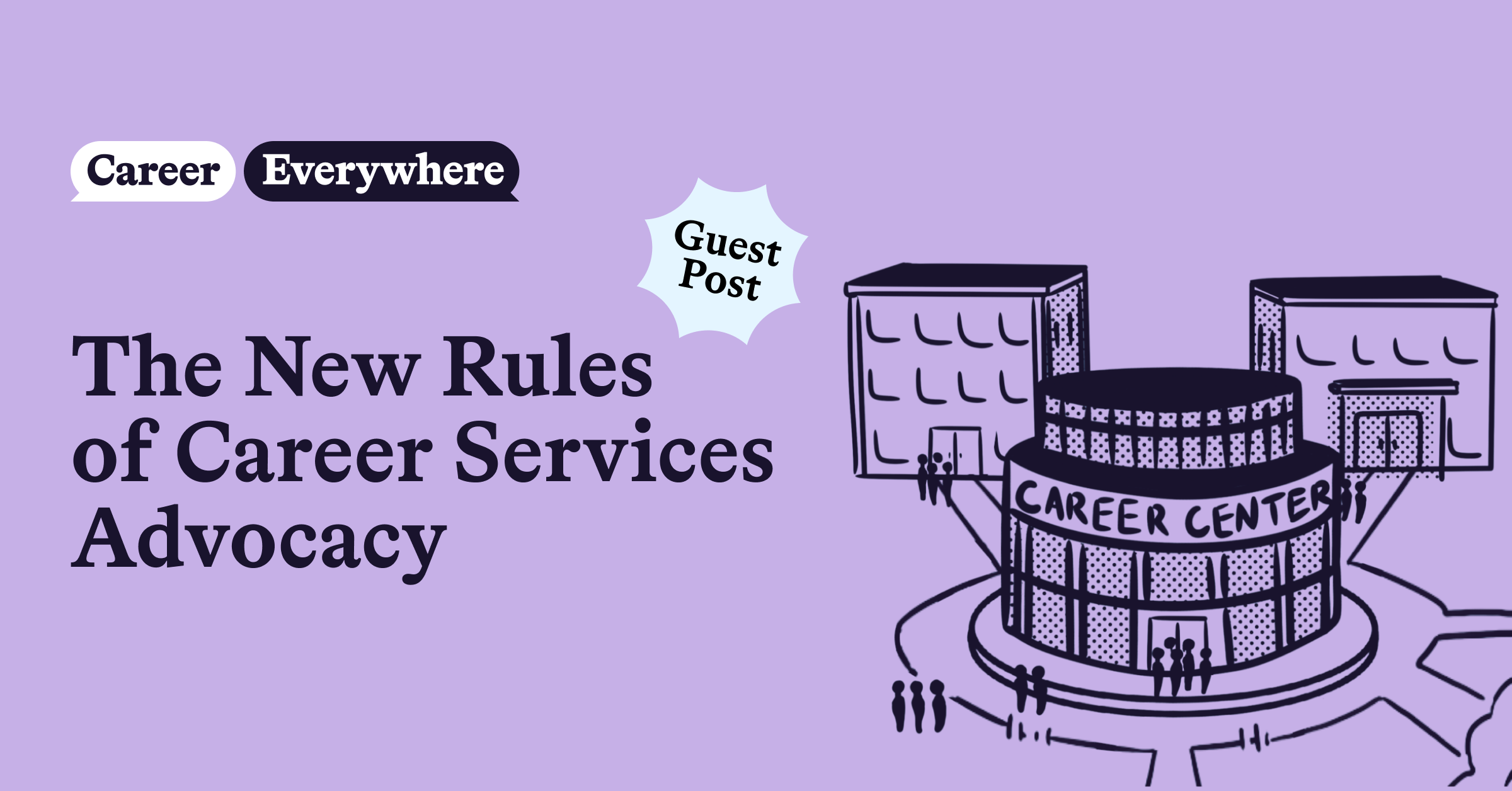
In my 18th column, I referenced Thomas and Kilmann’s Conflict Management Model as a valuable lens through which we could assess and strengthen our leadership with higher education leaders. Thomas and Kilmann’s model is a response-to-conflict framework based on the level of assertiveness and empathy with which we behave in the face of disagreement or friction. Assessing the levels at which we pursue these two spectra when dealing with conflict, the model includes four approaches plus a transitional one:
- A collaboration approach combines high levels of empathy and assertiveness.
- An accommodation approach combines a high level of empathy and a low level of assertiveness.
- A competition approach combines a high level of assertiveness and a low level of empathy.
- A compromise transitional approach combines moderate or limited levels of assertiveness and empathy.
- An avoidance approach combines a low level of empathy and a low level of assertiveness.
I argued that as leaders of teams charged with the preparation of a diverse, authentic, engaged, and ready next generation of leaders (one of our most important societal endeavors), we cannot afford to neglect avoidance or withdrawal responses to conflict in the leaders we lead. We must elicit and leverage their diversity of perspectives, ideas, and skills to strengthen the decision-making and performance of our work. We are responsible for developing environments and relationships that value, elicit, and leverage our team members’ voices, insight, and competencies, that empower the leaders we oversee to show up and lead authentically.
In this column, I will focus on our and our team members’ competition response to conflict.
Assertiveness is indispensable to our human interactions, particularly those that include or stem from disagreement or friction. It allows us to contribute our unique perspective, ideas, or skills when otherwise their absence could cause a gap in the inclusivity, equity, and effectiveness of the solutions or innovation we are pursuing. At the same time, however, identifying and strategically managing the double-edge-sword nature of assertiveness is a critical aspect of the effectiveness of our leadership and efforts.
On one end, our leadership response to disagreement or friction in our teams always benefits from a careful balance of empathy and assertiveness. Direction is an essential element of effective leadership. Indecisive leadership is not only stagnating, it runs the risk of frustrating the culture, morale, and productivity of the efforts of a team or organization. Timely and decisive assertion is a healthy and often necessary aspect of successful leadership.
However, not assessing the threat of non-empathic assertiveness, or of direction that neglects the voices of the leaders we are responsible for leading, could ignore the intelligence around us, and, worse, could become an oppressive force in our ecosystem. Like me, you might have experienced situations in which conflict led to limited or no listening or to top-down decisions or orders from leadership, not only ignoring one’s voice and needs, but also missing a critical perspective that without which gaps, inequities, risks, or problems could develop in the solution or innovation pushed.
On the other end, if we take into account the research on the positive impact that leveraging the diversity of perspectives, ideas, and skills our teams bring to our decision-making and performance, then we are responsible for approaching conflict with the leaders we lead by acknowledging the inevitable lack of psychological safety our organizational structures, hierarchies, or culture—or the distributive, contributive, historical, or developmental injustice I discussed in column 16 and column 17— members of our teams might have experienced as part of their journies or could be currently encountering, including in our own ecosystems.
Just leadership requires the prioritization of the content over the format of the insight in the room, valuing and thus prioritizing diverse perspectives as a key source of our collective intelligence. Based on Block’s stakeholder analysis model, in column four I explored this same concept by discussing ”opponents” as some of our most valuable colleagues and most important levers in our system. Seeking comfort or shying away from disagreement or friction on how to better facilitate the development of a diverse, authentic, engaged, and ready next generation of leaders would be antithetical to our mission. As leaders of facilitators of such a critical charge, we must keep in mind that the diversity of perspectives, experiences, ideas, and skills we require for the systemic effectiveness of our work cannot be found and therefore should not be sought in traditional or comfortable approaches to dialogue, to our collective definition and ideation of problems, solutions, and innovation I discussed in column eight, or to the inevitable, healthy disagreement and friction the diversity of thought we must elicit will bring to our collaboration and decision-making tables.
I recently saw an anonymous post that read: “They never want to discuss what triggered you. Just how you reacted.” Have you ever been overwhelmed or disappointed by the culture of your system? Have you ever been upset or angry about decisions, behavior, communication approache, or the lack of either of these in the leadership or environment of the teams or organizations in which you have worked? We cannot forget that our effective leadership needs to respond to conflict by balancing empathy and assertion, by pursuing distributive, contributive, historical, and developmental justice in the necessary direction in our facilitation of our work.
I thus recommend asking ourselves the following questions and pursuing the following strategies as part of our leadership to further engage team members with whom we experience conflict:
Questions:
- How does my leadership respond to conflict?
- How does my leadership respond to the conflict management approach of each leader I lead?
- How may my leadership further engage leaders I lead who disagree with me or with whom I experience friction?
- How may my leadership further balance assertiveness and empathy in my approach to differences of opinion?
- How can my leadership facilitate the authentic contribution of all leaders I lead, particularly in the presence of conflict?
- How could my leadership facilitate psychological safety in the midst of disagreement or friction?
- How could my leadership fully leverage the true diversity of perspectives, experiences, ideas, and skills of my team?
Strategies:
- Assume that, as a leader, you always have the opportunity and responsibility to learn and grow, particularly from different perspectives.
- Assume that your solutions and innovation will always be stronger if they consider the diversity of viewpoints and ideas around you, even if these bring disagreement or friction to your interactions.
- Consider learning from disagreeing leaders you lead as an investment, not a cost or a problem, of the outcomes of your efforts and your leadership.
- Intentionally and openly elicit opposing voices and perspectives from the leaders you lead.
- Prioritize the content over the format of what disagreeing leaders you lead share and contribute.
- Always find ways to facilitate the safe and authentic sharing of the members of your team, particularly of those who disagree with you.
- Listen to learn, not to respond, judge, or argue your perspective, being aware that you might not have the capacity to understand perspectives you have not experienced.
- Listen to grow as an individual and to identify ways of improving your leadership, particularly from the different perspectives your team members bring to the table.
- Normalize non-threatening dialectic problem-solving and innovation-ideation conversations.
Our leadership response to disagreement or friction in our teams always benefits from a careful balance of empathy and assertiveness. Timely and decisive assertion is a healthy and often necessary aspect of successful leadership. However, not assessing the threat of non-empathic assertiveness, or of direction that neglects the voices of the leaders we are responsible for leading, could ignore the intelligence around us, and, worse, could become an oppressive force in our ecosystem.
As leaders, we are responsible for approaching conflict considering the inevitable lack of psychological safety in our organizational structures, hierarchies, or culture, or the distributive, contributive, historical, or developmental injustice members of our teams might have experienced throughout their journies or could be currently encountering, including in our own ecosystems.


